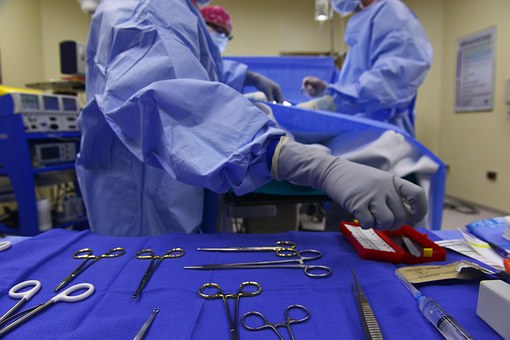What Is A Pacemaker? A pacemaker is an implantable device which is positioned typically underneath your left collarbone. It consists of a battery with a computer circuit connected to one or more pacing electrodes (electrical wires) which attach to your heart.
Types of Pacemakers Single-chamber pacemaker This type of pacemaker has one lead that connects the pulse generator to one chamber of your heart. For most people, we use the single-chamber pacemaker to control heartbeat pacing by connecting the lead to your right ventricle (lower heart chamber). Depending on your symptoms and the type of pacing you need, we connect the lead to your right atrium (upper heart chamber) to stimulate the pacing in that chamber. This pacemaker helps the two chambers work together, contracting and relaxing in the proper rhythm. The contractions allow blood to flow properly from the right atrium into the right ventricle. Depending on the pacing needs of your heart, a dual-chamber device may be an appropriate option for you.
Dual-chamber pacemaker With two leads, this device connects to both chambers on the right side of your heart, the right atrium and the right ventricle. The doctor programs the dual-chamber pacemaker to regulate the pace of contractions of both chambers.
Biventricular pacemaker This pacemaker, also known as a cardiac re synchronization therapy (CRT) device, has three leads connected to the right atrium and both ventricles. We use the bi ventricular pacemaker to treat people with arrhythmia caused by advanced heart failure. For many people with heart failure, the left and right ventricles do not pump at the same time. Our doctors program the bi ventricular pacemaker to coordinate the contractions of the ventricles, so that they both pump together. Coordinating the ventricles' contractions helps your heart pump blood more efficiently and can relieve your heart failure symptoms. The treatment is known as cardiac resynchronization therapy because it re synchronizes the ventricles' pumping action.
What does pacemaker operation involve? The operation of the pacemaker is performed by a specialist doctor in an air-conditioned room that has an X-ray machine and measuring equipment. The procedure can last up to 1 - 2 hours. You will be required to lie flat on a special table which can be moved around. The X-ray camera will be positioned above you and will also move around. You will be attached to an ECG monitor and the area under your left collarbone will be cleaned with a cold sterilizing solution. This is where the pacemaker is implanted under the skin. If you are left handed, the area under the right collarbone may be used instead. The area will be injected with local anesthetic (to make it numb) and if you are anxious, you may be given a sedative to make you feel relaxed and sleepy. A small cut in the skin, about 5cm (2 inches) long will be made once the skin is numb. The procedure involves passing the pacing leads through a vein to the heart. You will not be aware of this but may be aware of your heart speeding up or slowing down during the procedure. A cardiac physiologist will test the leads which are attached to the pacemaker, and then placed under the skin. The wound is sutured together and the suture will need to be removed in 7 – 10 days by your local District Nurse or GP surgery. Some doctors may use a special skin glue instead of sutures. After the procedure you will need to have a chest X-ray to confirm correct positioning of the pacing leads.
Pacemaker Risk Factors: Risks associated with pacemaker system implant include, but are not limited to, infection at the surgical site and/or sensitivity to the device material, failure to deliver therapy when it is needed, or receiving extra therapy when it is not needed. All medical procedures and devices can create possible problems. The risk of a problem with a pacemaker is low. But, over the long-term, about 1 in 10 patients do have some type of problem with their pacemaker pocket or leads. Your doctor will talk to you before your procedure about the risks and benefits of the implant. After receiving an implantable pacemaker system, you will have limitations with respect to magnetic and electromagnetic fields, electric or gas-powered appliances, and tools with which you are allowed to be in contact. Note: I suggest you should consualt best cardiologist in case of pacemaker implementation or operation. Because there also some risk factor that may be dangerous for you, if you not consult with good doctor.
By Aatif Riaz
All rights reserved. Any reproducing of this article must have the author name and all the links intact.







